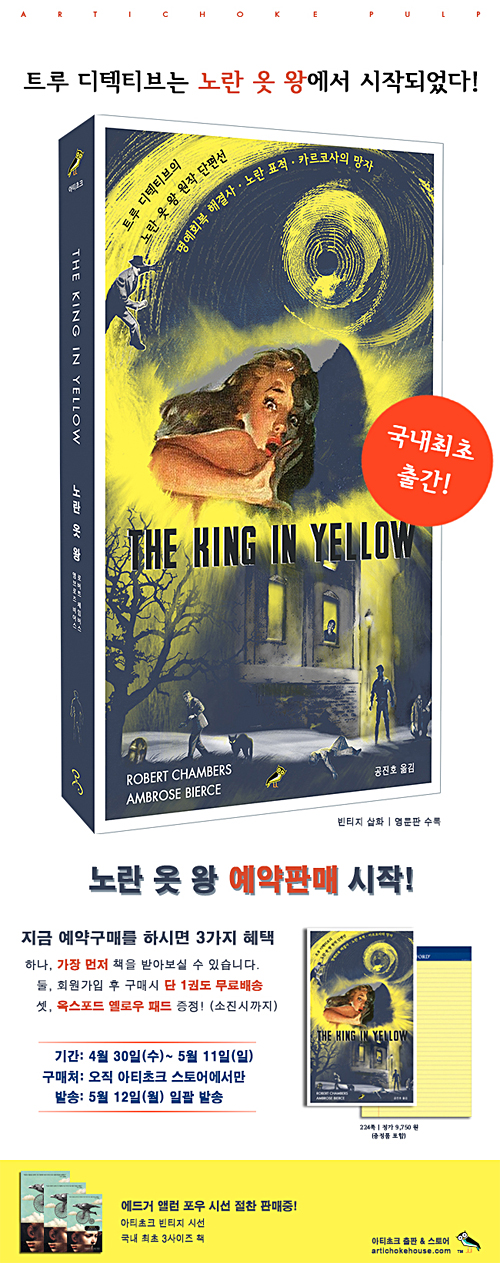번역가라는 직업의 토대는 지식과 경험이다. 그 어느 직업보다 수습 기간이 길다. 30세가 되어서야 비로소 번역가로서 쓸모를 갖추기 시작하고, 50세가 되어서야 비로소 전성기가 시작된다.
이 직업을 피라미드식으로 생각하자면, 제1단계는 지식과 '인생 경험'의 획득을 통해 자신에게 투자하는 기간이다. 다음과 같은 번역가의 인생 시나리오를 제시해볼 수 있다.
할머니와 할아버지의 국적이 서로 다르다. 그들과 다른 언어를 읽고 쓰고 맞춤법을 배운다. 또 이 언어에 대한 이해와 사랑을 가르치는 좋은 학교 교육을 받는다. 그런 다음 세상을 돌아다니며 친구를 사귀고 다양한 경험을 쌓고, 학교에 돌아가되 어학 학위가 아닌, 가령 기술이나 상업 부문의 학위를 받는다.
20대 후반과 30대 초반에는 자신이 할 줄 아는 언어를 말하는 나라에서 일하되, 어학과 직접적인 관련이 없는 산업 혹은 상업 분야에서 일한다. 자국인과 결혼하지 않고 외국인과 결혼하여 아이를 낳아 키운다.
그런 뒤 학교에 돌아가 번역 대학원 과정을 밟는다. 졸업 후 번역 회사에서 일하다가 프리랜스로 나선다. 이때쯤이면 40대가 될 텐데, 그러면 비로서 본격적으로 번역을 할 준비를 갖추게 된다.
Lanna Castellano 'Get rich - but slow', in C. Picken (ed.) ITI Conference 2: Translators and Interpreters Mean Business, London: Aslib.
(이상적인 구도이지만 서구에서는 실제로 그런 과정을 밟는 문학 번역가가 적지 않다. 그렇다고 의기소침할 필요는 없다. 그런 조건을 갖춘 이상적인 번역가는 국내에는 거의 없으니까. 번역이라는 일을 떠난 사회생활, 다양한 인생 경험과 문화 체험을 필요로 하는 직업이라는 것을 강조하는 시나리오로 삼으면 될 것 같다. 그리고 주어진 조건 속에서 지속적으로 공부하며 열심히 최선을 다할 수밖에. 영미에서도 극소수를 제외하고는 전업 '문학' 번역가로는 먹고 살기 힘들다.)
번역가를 위한 라나 카스텔라노의 조언
- Love language, especially your own. And keep studying it.
- Learn to write well.
- Learn about and study your passive language and the culture it comes from.
- Only translate into your own language.
- Select a specialist area of expertise, and study and be prepared to learn more about your specialist subject. Constantly.
- Read: books, newspapers, blogs, magazines, adverts, style guides, cereal packets…
- Listen: to TV, the radio, friends and family, strangers in the street, on the bus, in bars, in shops…
- Attend workshops, seminars and conferences in your subject area – listen to the experts, absorb their language. Even their jargon – but try not to use it.
- Keep up with current affairs.
- Keep your IT skills up-to-date.
- Practise and hone your skills – keep up with your training.
- Listen to the words that you write (some writers and translators read their texts out loud to themselves). Languages each have their own rhythm. If your writing doesn’t “sound” right, try changing the word order, not just the words.
- Use your spell-checker. Use it judiciously, but use it. Always.
- Print out your translated text and read it on paper before delivering it to your client. Always. Especially if you use computer-assisted translation (CAT) software. Print it out.
- Ask yourself if your translation makes sense. If it makes you stop, even for a second, and think “what does that really mean”?, then there’s something wrong.
- Write clearly and concisely, using the appropriate sentence- and paragraph-length for your target language. Use simple vocabulary. You can convey even complex ideas using clear, straightforward language.
- Inform your client of any mistakes, typos or ambiguous wording you find in the source text.
- Find ways to add value for your clients.
- Always keep your reader in mind.








No comments:
Post a Comment